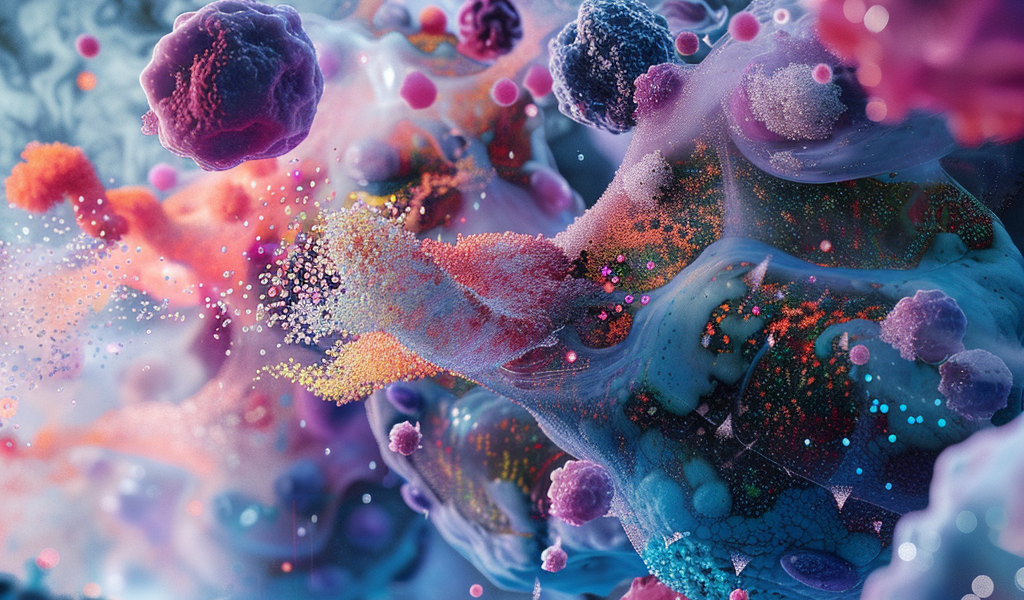A recent breakthrough in cancer prediction has been achieved through the innovative combination of nano informatics and machine learning. This cutting-edge study introduces a novel method that can precisely predict cancer cell behaviors, allowing for the identification of cell subpopulations with distinct characteristics such as drug sensitivity and metastatic potential.
By leveraging machine learning algorithms, researchers were able to analyze the uptake patterns of particles of various sizes by cancer cells. This analysis enabled the prediction of critical cell behaviors, providing valuable insights into drug sensitivity and metastatic potential.
Co-lead researcher Yoel Goldstein highlighted the uniqueness of their approach, stating, “Our method can distinguish between seemingly identical cancer cells that exhibit different biological behaviors. This level of precision is achieved through the algorithmic analysis of cellular uptake of micro and nanoparticles.”
Goldstein further emphasized the significance of this advancement, noting that the ability to collect and analyze new types of data opens up possibilities for revolutionizing clinical treatment and diagnosis through accurate cancer prediction.
One of the key implications of this research is the development of new clinical tests that could greatly enhance patient care. Traditional methods of cancer prediction, such as imaging scans and tissue biopsies, can be invasive, expensive, and time-consuming, often leading to treatment delays and potential misdiagnoses.
By introducing new, non-invasive testing approaches based on nano informatics and machine learning, healthcare providers may soon have access to more efficient and accurate tools for monitoring disease progression and treatment effectiveness. This could ultimately improve patient outcomes and pave the way for personalized cancer treatment strategies.





